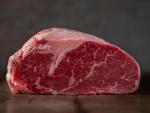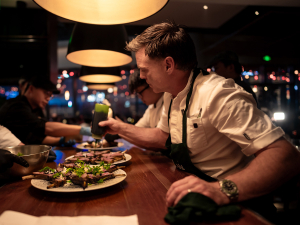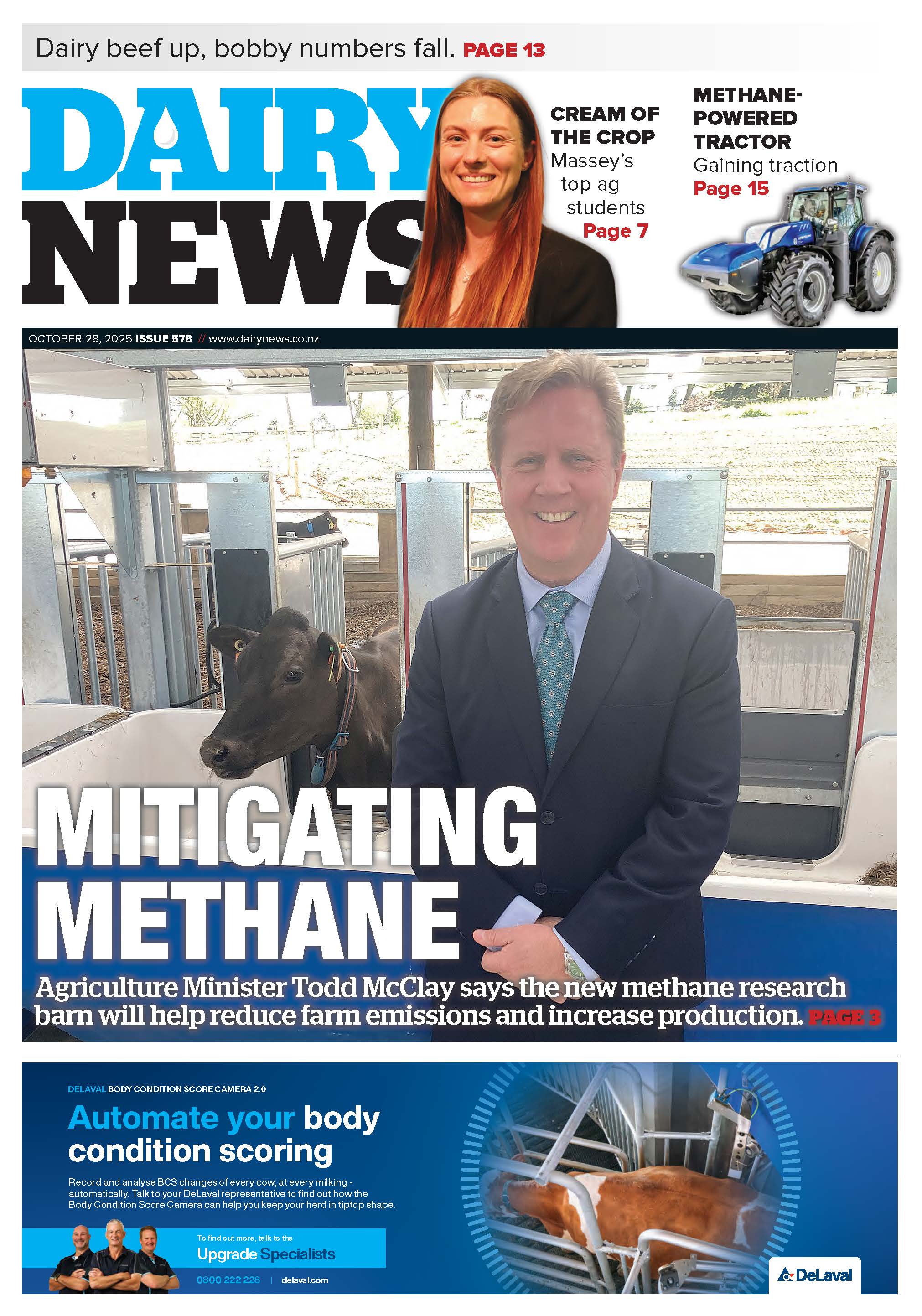Speaking last month at the New Zealand Institute of Food and Science Technology conference in Hamilton, Falconer expressed frustration at media references to New Zealand’s future lying in the opportunity to feed an expanding and increasingly hungry global population.
Our size and scale of operation are constraints, he says. “I believe, for example, that China, Indonesia and India are markets with exciting potential for New Zealand.
“But within them, New Zealand has to find its niches. The real contribution we can make to feeding an expanding world population is through leveraging our technological and scientific experience and achievement, not in feeding the masses.
“As a driver of the New Zealand economy, we must see our food industries as making their strongest contribution by maximising added-value in supplying and marketing to the top end of our new, as well as our traditional, international markets – to those who are prepared to pay a premium for the best.”
Already New Zealand’s best lamb cuts are regarded as expensive luxury meats, and we need it to stay that way, he adds. But what constitutes best varies from market to market.
China is the second-largest market for New Zealand sheep meat by volume, but sixth by value, reflecting that market’s preference for lower-value flaps and offal. There are in-market challenges in cutting and presentation to increase the value of New Zealand product in China, Falconer says, but there are stronger challenges in determining what can be done to unlock Chinese market interest in what we regard as more valuable components of the carcase.
“This calls for understanding Chinese preferences in taste, texture and smell; and practices such as purchasing, handling, preparation and eating – in the context of cultural traditions embedded for millennia.”
Interestingly, the challenge is no different in our traditional markets. In the UK, where sheep meats have been traditional fare for millennia, a number of our companies are again doing serious market analysis to determine British preferences in taste, texture, smell, handling and presentation. And they are developing product and brand marketing resulting from this work, says Falconer. “If we want the customers to pay for the best, then we must make sure it is the best.”

















